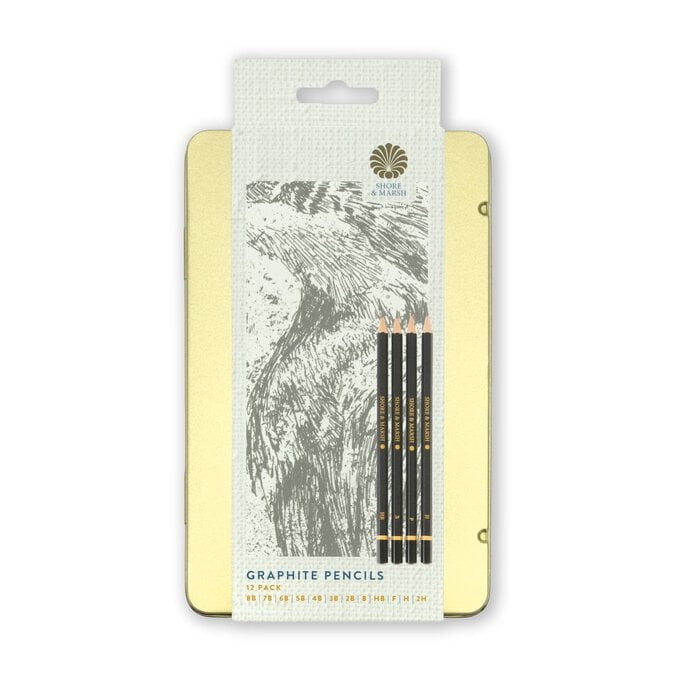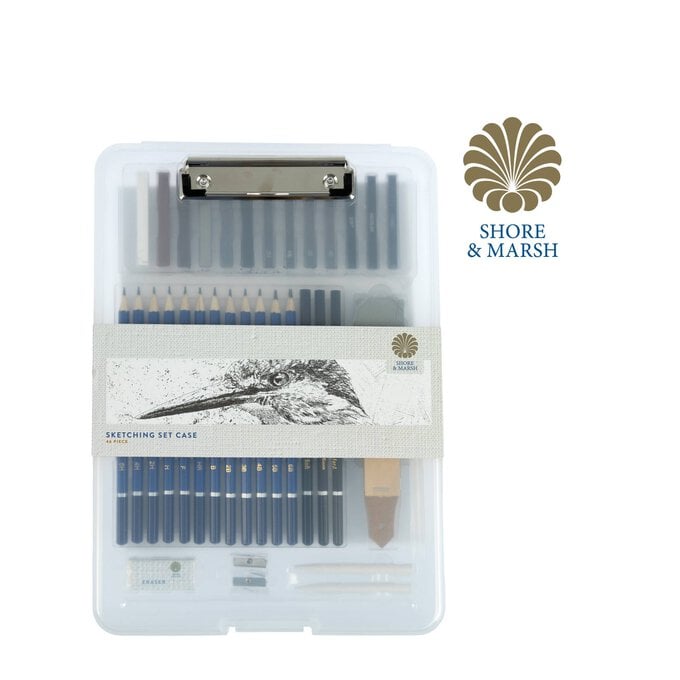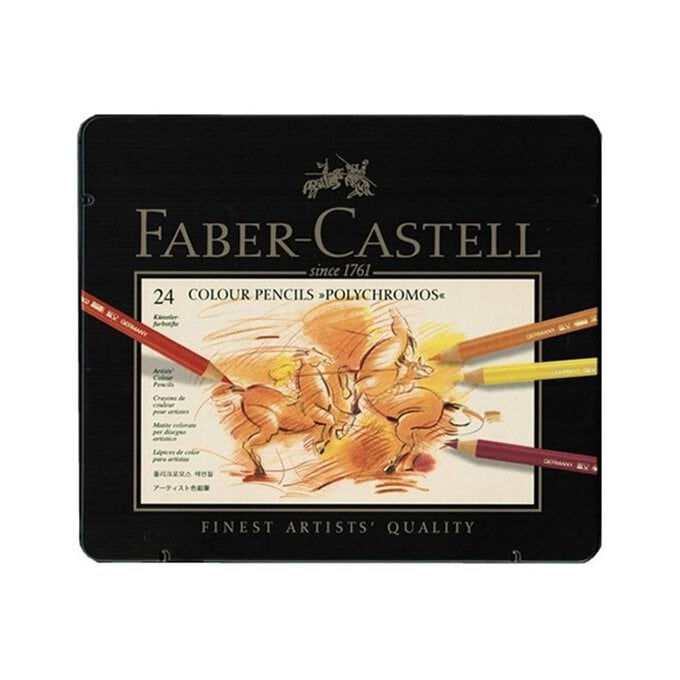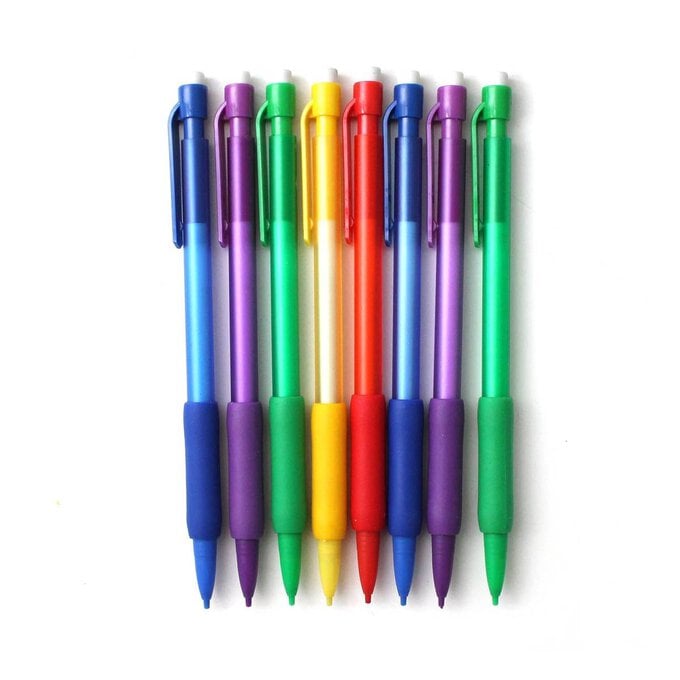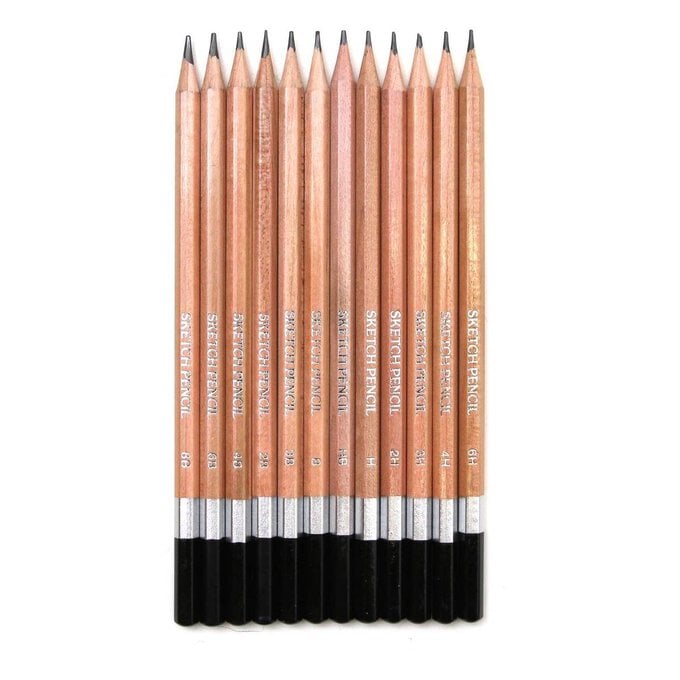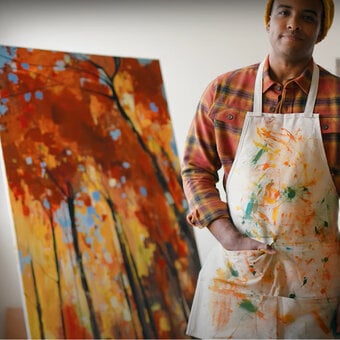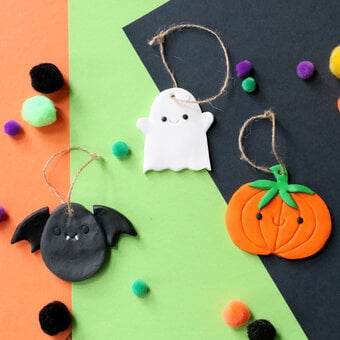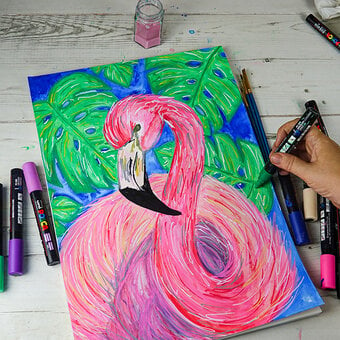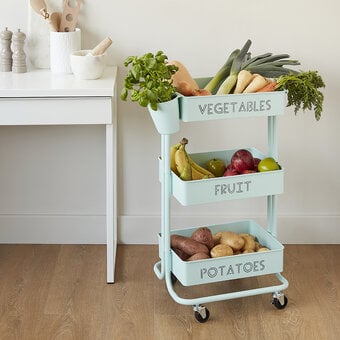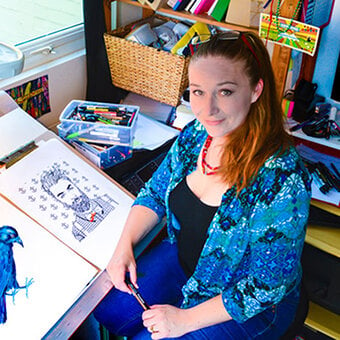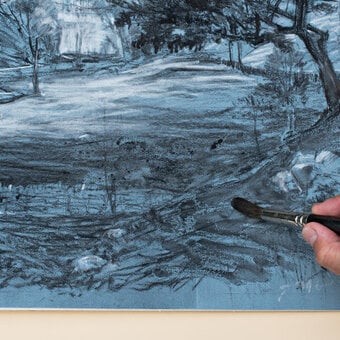The Ultimate Guide to Drawing Pencils
Drawing pencils are the cornerstone of every artist’s toolkit, offering unparalleled versatility and precision.
Whether you're sketching, shading, or creating intricate details, the right pencil can significantly impact your work.
This guide delves into everything you need to know about selecting and using drawing pencils, from types and features to maintenance and personalisation.
You will need
Subtotal
Is $ 18.00
Subtotal
Is $ 27.00
Subtotal
Is $ 61.00
Subtotal
Is $ 12.00
Subtotal
Is $ 9.49
The Ultimate Guide to Drawing Pencils
The journey to mastering drawing begins with understanding your tools. The right pencil not only complements your style but also enhances your creative process. With countless options available, this guide will help you navigate the choices, ensuring you find the perfect match for your artistic needs.
Graphite Pencils
Graphite pencils are the most popular choice for artists, offering a spectrum of grades from hard (H) to soft (B).
Hard Graphite (H): Ideal for technical drawings and fine details, these pencils produce lighter marks.
Soft Graphite (B): Excellent for shading and creating rich, dark lines.
Examples: A 2B pencil is a versatile starting point, while 6B or 8B pencils are great for deep shading.
Charcoal Pencils
Charcoal pencils create dramatic, textured lines perfect for bold sketches and expressive work. They come in soft, medium, and hard varieties.
Pros: Rich, intense blacks; excellent for dynamic compositions.
Cons: Smudges easily; requires fixative for preservation.
Coloured Pencils
For artists who love to add vibrancy to their work, coloured pencils are an excellent choice. Wax-based and oil-based varieties cater to different blending and layering techniques.
Popular Choices: Faber-Castell Polychromos (oil-based) or Prismacolor Premier (wax-based).
Mechanical Pencils
Favoured for precision and consistent line quality, mechanical pencils are perfect for technical sketches and fine details.
Key Feature: No need for sharpening; available in varying lead sizes, such as 0.5mm or 0.7mm.
Pencil Grade
Choose pencils based on the scale of H to B to match your artistic needs. Hard pencils (e.g. 4H) are perfect for light outlines, while soft ones (e.g. 6B) are better for shading.
Material and Core
High-quality graphite cores ensure smooth application and less breakage. If you're working with coloured pencils, look for soft, blendable cores.
Ergonomic Design
Comfort matters, especially during long drawing sessions. Consider pencils with hexagonal barrels for a better grip.
Versatility
Many artists benefit from owning a set, such as an 8-piece graphite pencil set ranging from 4H to 8B. This variety allows you to experiment with different techniques.
Sketching: A 2B or HB pencil provides a balanced approach for initial outlines.
Shading: Softer pencils like 4B or 6B add depth and dimension.
Detail Work: Hard pencils (e.g. 2H) help refine intricate details.
Blending: Combine coloured pencils or graphite with blending stumps for smooth transitions.
To ensure longevity and consistent performance, proper maintenance is key:
Sharpening: Use a high-quality sharpener or craft knife for even, controlled points.
Storage: Keep pencils in a protective case to avoid breakage.
Cleaning Tips: Wipe your pencils with a soft cloth to remove oils and grime.
Charcoal Pencils: Spray completed artwork with fixative to prevent smudging.
Art is as much about discovery as it is about creation. Don’t hesitate to try different pencil types, grades, and techniques. A combination of tools—like a set of graphite pencils, a couple of charcoal options, and some coloured pencils—can unlock endless possibilities.
Remember, the right pencil is the one that feels natural in your hand and brings your vision to life. Your creativity knows no bounds, so explore freely and enjoy the journey.
